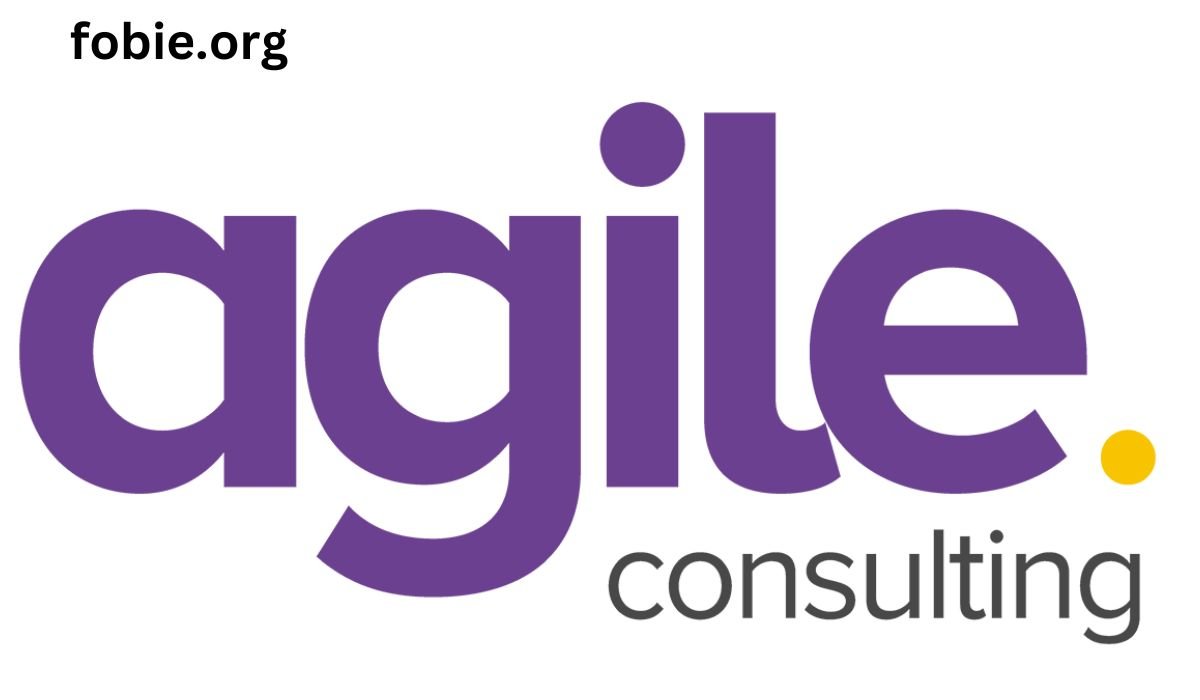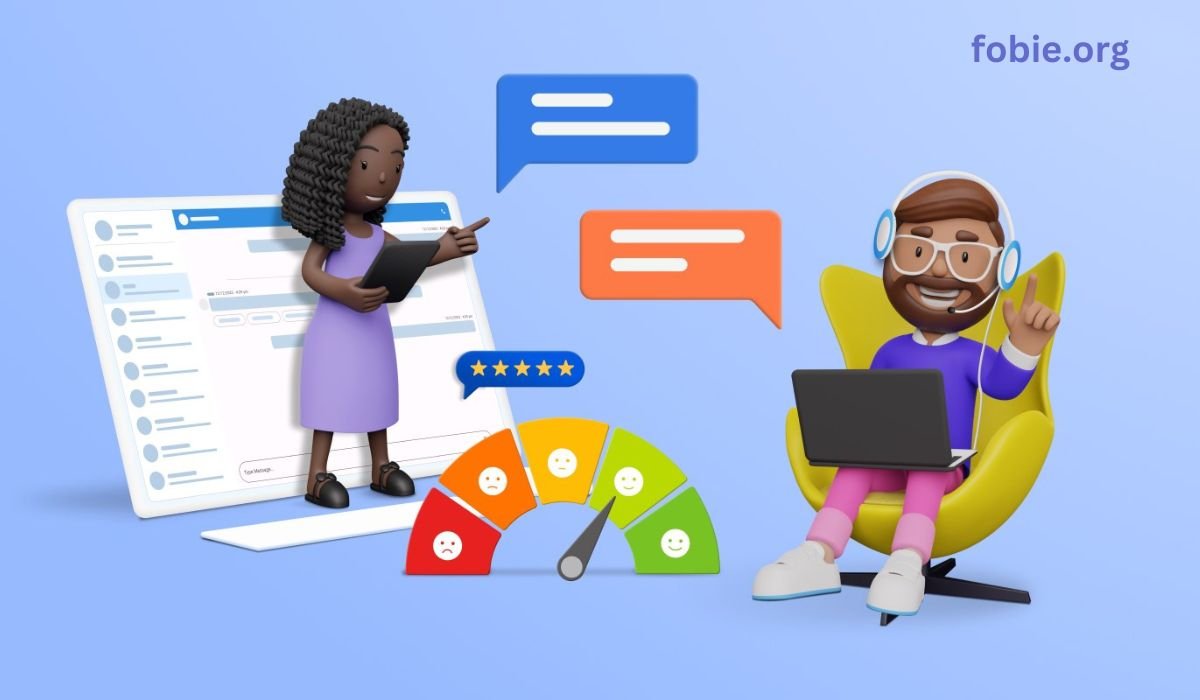What are social media metrics?
Social media metrics are data points used to measure the performance of your social media strategy. They offer insights into how well your content resonates with your audience, how effectively your campaigns are performing, and how social media contributes to your broader business objectives. By tracking these metrics, businesses can make informed decisions, optimize strategies, and achieve better results.
Why measuring social media metrics is crucial
1. Performance evaluation
Social media metrics reveal how well content performs, helping assess if it meets marketing goals.
2. ROI measurement
Metrics like conversion rates and cost per acquisition help gauge the ROI of social media activities.
3. Audience insights
Metrics provide insights into audience behavior and preferences for better-targeted content.
4. Content optimization
Metrics show which content performs best, allowing for brand strategy framework adjustments.
5. Competitive analysis
Comparing metrics with competitors highlights strengths and areas for improvement.
6. Brand reputation management
Metrics track brand sentiment and help manage reputation by addressing feedback promptly.
7. Campaign tracking
Metrics evaluate campaign performance and guide future improvements.
8. Strategic decision-making
Metrics provide data for informed decisions, driving business growth and success.
Sources of accurate social media data
To obtain accurate data for social media metrics, consider the following sources:
– Social media analytics tools: Third-party analytics tools offer comprehensive insights into various metrics across different platforms.
Check out the best social media analytics tools for small to enterprise companies.
– Platform analytics: Built-in analytics tools on social media platforms provide valuable performance data.
– API integrations: Advanced tools with API integrations collect and analyze data in real-time from social media platforms.
– Custom reporting: Many tools allow for tailored reports based on specific metrics and KPIs.
– Data verification: Cross-referencing data from multiple sources and conducting regular audits ensure accuracy.
– Industry benchmarks: Comparing your metrics against industry standards and competitor performance offers additional context and insights.
The significance of audience growth rate
Audience growth rate is a crucial metric for several reasons:
– Indicator of brand awareness: A growing audience suggests increased visibility and brand recognition.
– Potential for engagement: A larger audience means more opportunities for interactions, fostering community around the brand.
– Expanded reach: A larger follower base extends the potential reach of your content.
– Impact on conversions: A growing audience can drive more traffic and lead to higher conversion rates.
– Social proof and credibility: A large, engaged audience enhances the brand’s authority and trustworthiness.
– Competitive advantage: A higher growth rate compared to competitors indicates effective follower attraction and retention.
– Long-term sustainability: Consistent growth reflects the brand’s relevance and sustained influence.
Key social media metrics
Awareness metrics
These metrics gauge the reach and recognition of your brand among both current and potential audiences. When preparing your next social media report, consider focusing on the following:
– Brand mentions
This metric tracks the total number of times your brand is mentioned online within a given period. To track brand mentions & the sentiment around the mention, brands often use social listening.
– Follower growth
A growing follower count is exciting, but ensure these followers are relevant to your business. If they aren’t interested in your products, the numbers are meaningless. Analyze demographics like age, income, and interests to match your target audience. Variations in growth may signal a need to adjust your content strategy.
– Reach
Social media reach measures the number of unique users who see your post. This metric is influenced by both timing and content quality. By analyzing reach by post type, you can identify which content resonates most with your audience. This helps refine your strategy to focus on the types of posts that drive the highest reach.
– Impressions
Impressions show how often your content is displayed, regardless of clicks. More impressions mean your content reaches a larger audience and likely aligns with their interests.
– Social share of voice (SSoV)
SSoV measures the volume of mentions of your brand compared to competitors. This includes both direct mentions (e.g., tagging) and indirect mentions (e.g., brand name without a tag).
Engagement metrics
Engagement measures how effectively your content connects with users. It includes metrics like likes, comments, and shares.
– Engagement rate per post
This metric shows the average engagement per post relative to the number of followers or reach. It helps identify which types of content generate the most interaction.
Customer care metrics
Customer care metrics evaluate the quality of your interactions with customers and their overall experience with your brand.
– Brand sentiment
This measures the general feeling or perception of your brand. A professional social listening tool can help track sentiment more effectively.
– Customer reviews/testimonials
These reflect the experiences and opinions of your customers, providing insights into their satisfaction and potential areas for improvement.
– Customer response rate
This metric calculates the percentage of received messages or comments that you have responded to. A high response rate indicates strong customer service.
Conclusion
Social media metrics are essential for thriving in the digital world. They provide insights into performance, audience behavior, and campaign success, enabling data-driven decisions that enhance strategies and results.
Measuring these metrics helps evaluate content performance, ROI, and audience engagement, leading to better content and strategic planning. Reliable data sources like analytics tools are crucial for actionable insights.
Key metrics such as brand mentions, follower growth, reach, and engagement rates offer a clear view of social media impact. Tracking audience growth and sentiment also aids in managing brand reputation effectively.
In summary, leveraging social media metrics helps refine strategies to align with business goals and maintain a competitive edge, ensuring impactful and successful social media activities.











